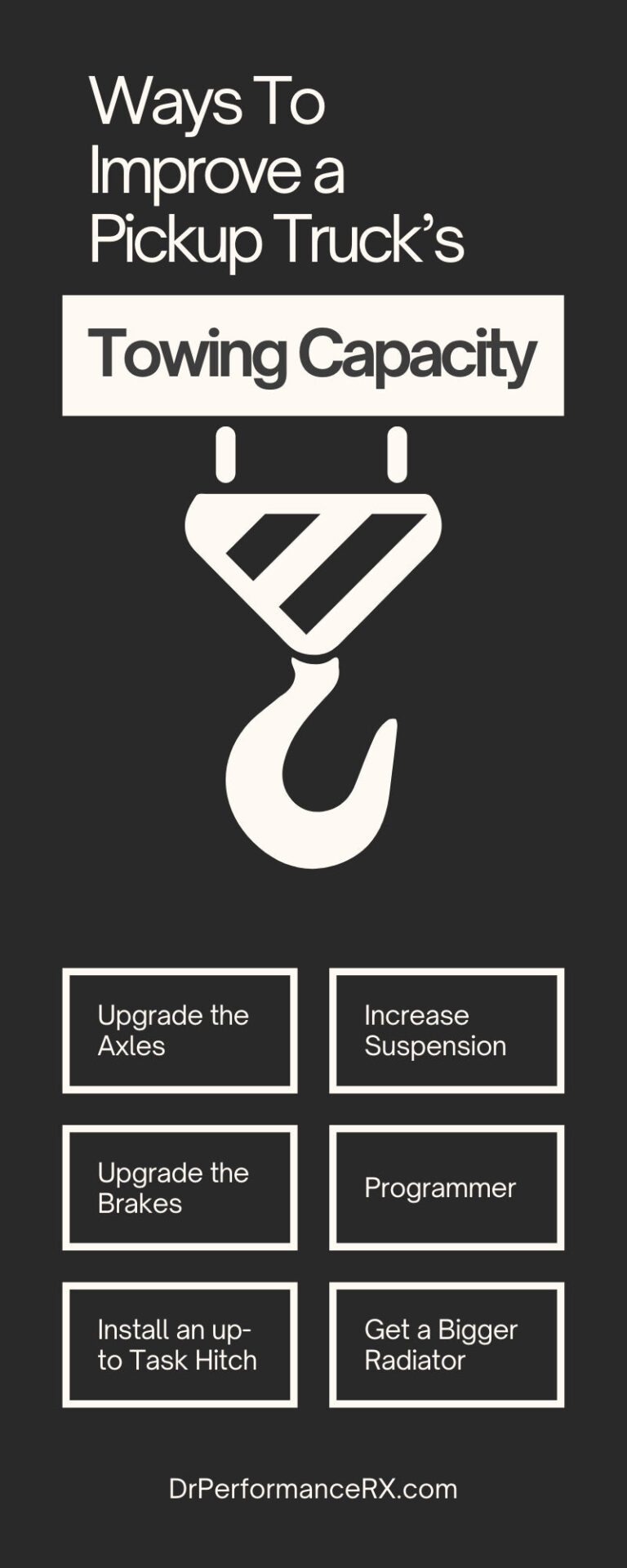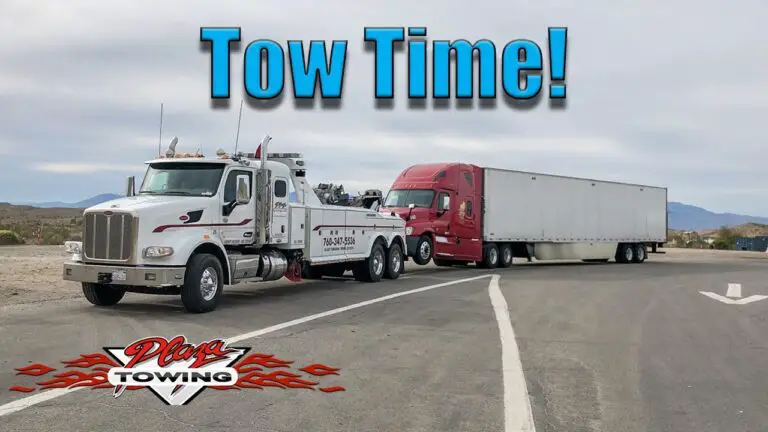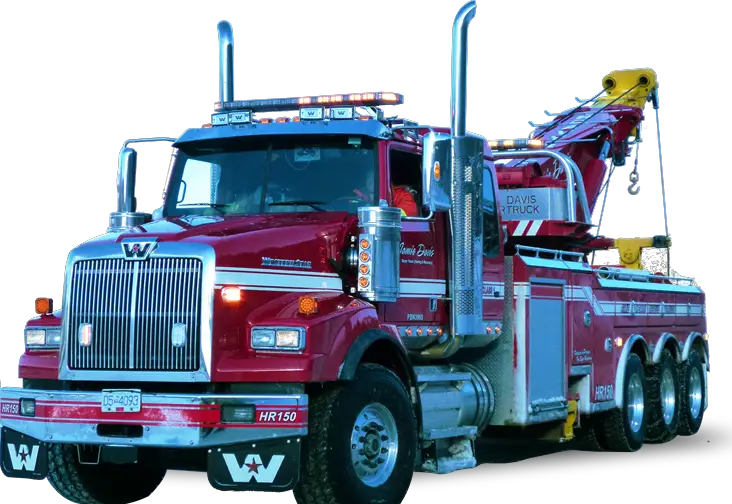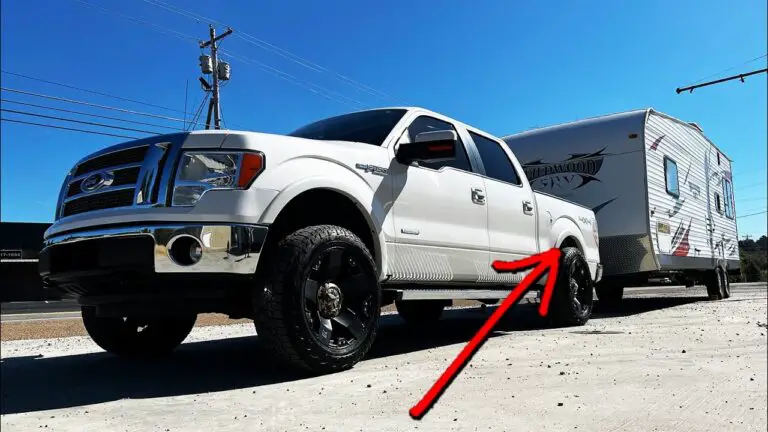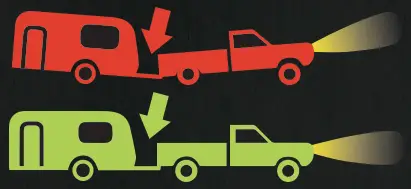
To prevent truck sagging when towing, ensure that you have the correct weight distribution hitch and adjust it properly. Properly inflated tires and adding airbags or suspension upgrades can also help prevent sagging while towing heavy loads.
Towing heavy loads with a truck can lead to the back end sagging, causing safety and performance issues. By following some simple steps, you can prevent your truck from sagging and ensure a smoother and safer towing experience. Proper weight distribution hitch and tire pressure, as well as using airbags or suspension upgrades, can help maintain the truck’s stability and prevent sagging.
This article will discuss some effective tips and advice to prevent your truck from sagging when towing, ensuring both safety and performance.
Navigate As You Want: [show]
Understanding The Issue
Truck sagging when towing is a common issue that many truck owners face. Sagging occurs when the rear of the truck lowers down due to the weight of the load being towed. It can have a significant impact on the performance of the truck. One common cause of sagging is carrying a heavy load that exceeds the truck’s towing capacity. Another cause is improper weight distribution of the load, with most of the weight concentrated towards the rear. In addition, worn-out or weak suspension components can also contribute to sagging. Sagging not only affects the truck’s handling and stability but also puts strain on the rear suspension system, leading to premature wear and tear. To prevent sagging, it is important to know the truck’s towing capacity and ensure proper weight distribution. Regular maintenance of the suspension system is also crucial to avoid sagging when towing.
Credit: www.titantalk.com
Choosing The Right Hitch
When choosing the right hitch, it’s important to consider the types of hitches available. Factors such as the towing capacity of your vehicle, the type of trailer you’ll be towing, and the weight distribution of the load should also be taken into account. Fifth-wheel hitches are suitable for heavy loads, while gooseneck hitches provide stability and maneuverability. For lighter loads, a bumper pull hitch may be sufficient. Ensure the hitch is compatible with your vehicle’s towing specifications and consider additional features such as sway control and weight distribution systems to prevent truck sagging. Regular inspection and maintenance of the hitch are also essential to ensure safe and efficient towing.
Ensuring Proper Weight Distribution
When towing a trailer, preventing truck sagging is essential for safety and performance. Ensuring proper weight distribution is crucial.
Calculating the tongue weight is the first step. It should be 10-15% of the trailer’s total weight.
If the load on the trailer isn’t distributed correctly, it can cause sagging. Adjusting the placement of items is necessary.
Using weight distribution hitches can help to distribute the weight evenly and prevent truck sagging.

Credit: www.generalspringkc.com
Upgrading Suspension Components
To prevent truck sagging when towing, upgrading suspension components is essential. One option is replacing stock springs with aftermarket heavy-duty springs, specifically designed for towing and carrying heavy loads. These springs provide extra support, preventing the rear end of the truck from sagging. Another effective solution is using suspension air bags. These air bags can be installed inside the existing coil springs or leaf springs to provide additional support. By adjusting the air pressure in the bags, the truck’s overall sag can be reduced, ensuring a level ride while towing. Additionally, installing towing assist systems like sway bars and stabilizer bars can help improve the truck’s stability and control. These systems distribute the weight evenly across all wheels, reducing sway and enhancing the overall towing experience.
Considering Additional Options
When towing, prevent your truck from sagging by considering additional options that provide added support and stability. Maximize your towing capacity and ensure a smooth and safe journey.
Preventing Truck Sagging When TowingConsidering Additional Options: When towing heavy loads, it’s crucial to prevent truck sagging for optimal safety and performance. While using sway control devices helps stabilize the trailer and reduce swaying, it’s important to explore other options as well. Installing anti-sagging kits can help distribute weight evenly and prevent excessive strain on the suspension. Additionally, utilizing towing mirrors can improve visibility, ensuring safer maneuvers on the road. By combining these solutions, you can significantly enhance your towing experience. Remember, proper weight distribution and visibility are key to maintaining control and stability while towing. Take the necessary precautions to prevent truck sagging and enjoy a safe and smooth journey.
Credit: www.youtube.com
Frequently Asked Questions Of Prevent Truck From Sagging When Towing
How Can I Prevent My Truck From Sagging When Towing?
To prevent your truck from sagging when towing, you can use a weight distribution hitch that evenly distributes the weight between the truck and the trailer. Another option is to install rear suspension airbags that can help support the weight and maintain a level ride.
Make sure to also properly distribute the weight in the trailer and avoid overloading it. Regularly check your truck’s suspension components for wear and replace them as needed.
What Causes A Truck To Sag When Towing?
A truck can sag when towing due to the weight of the trailer exceeding the vehicle’s towing capacity. This puts excessive strain on the rear suspension, causing it to compress and the truck to sag. Improper weight distribution in the trailer or an unbalanced load can also contribute to sagging.
Additionally, worn or weak suspension components may not be able to support the weight, leading to sagging.
Can Overloading A Truck Cause It To Sag When Towing?
Yes, overloading a truck can cause it to sag when towing. When the weight in the trailer exceeds the truck’s towing capacity, it puts excessive strain on the rear suspension, causing it to compress and the truck to sag. Overloading can also lead to other issues such as decreased braking and handling performance, increased wear on the tires, and potential damage to the truck’s components.
It is important to always load the truck within its specified limits.
Conclusion
To ensure a smooth and safe towing experience, preventing truck sagging is crucial. By following the tips mentioned such as distributing weight evenly, using proper equipment, and monitoring tire pressure, you can prevent your truck from sagging and maintain stability on the road.
Plus, regular maintenance and inspections will help identify and address any potential issues before they become significant problems. With these measures in place, you can confidently tow any load without compromising your vehicle’s performance.

